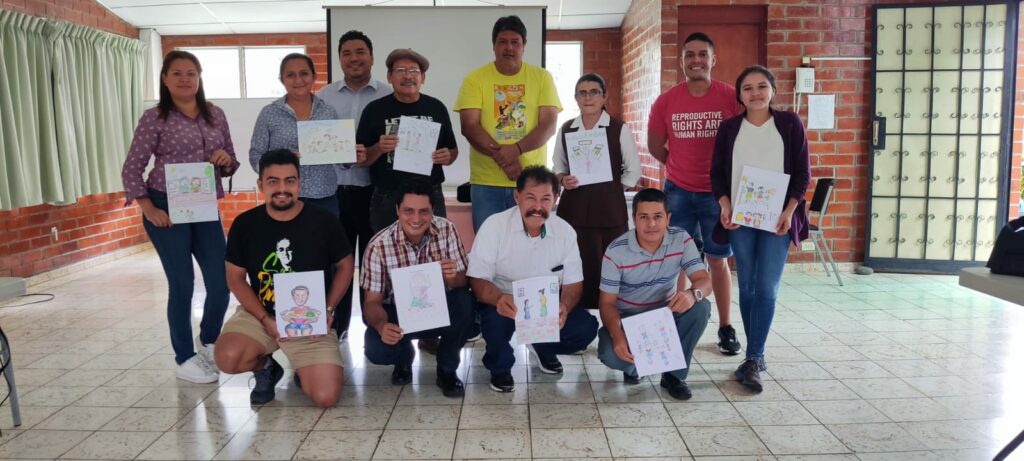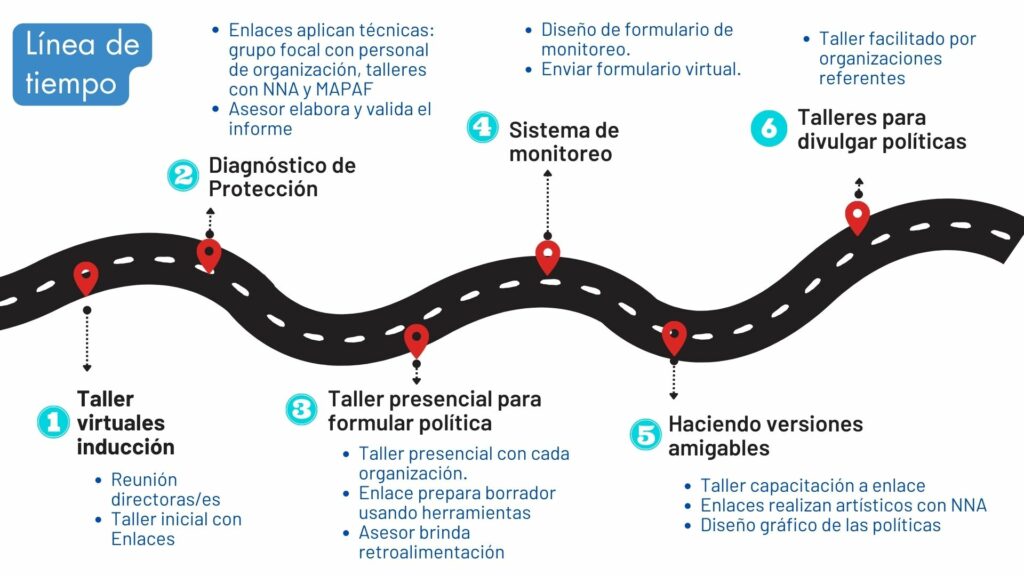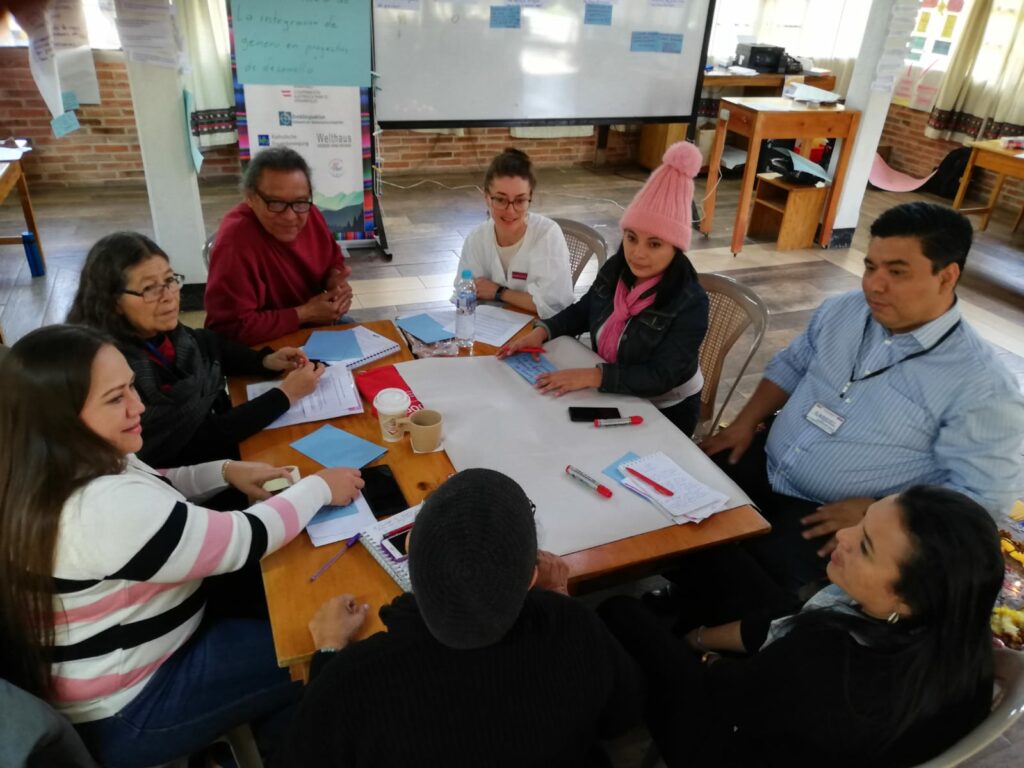Make Your Experiences Count. They Can Change the World.
LET’S BRING ALL OF OUR KNOWLEDGE AND EXPERIENCES TOGETHER.
TOGETHER WE KNOW MORE. TOGETHER WE ACHIEVE MORE. TOGETHER WE DO BETTER.
LET’S BRING ALL OF OUR KNOWLEDGE AND EXPERIENCES TOGETHER.
TOGETHER WE KNOW MORE. TOGETHER WE ACHIEVE MORE. TOGETHER WE DO BETTER.
Published: September 6, 2023
In 2021 I began one of the most enriching experiences of my professional life, providing technical advice to DKA, HORIZONT3000, and kfb partner organisations in Nicaragua, El Salvador and Guatemala, The purpose? To formulate or update these oganisation’s policies for the protection of children and adolescents.

Protection policies aim to guarantee the right of children and adolescents, who participate in the activities carried out by our organisations, to live free from violence and discrimination and in safe spaces where measures are taken to prevent any situation that could harm them. They also have the right to report anyone who threatens or violates their rights, whether intentionally or unintentionally.
NGOs, like individuals, have a responsibility to protect and care for the children and adolescents they serve by developing such a protection policy. In it they declare their commitment never to harm them and to protect them from any form of violence, discrimination or neglect.

The advisory consisted in the development of following phases:
We have identified the following lessons learned from the advisory process:

It is important to ensure that the policies meet the standards. After all, they establish the institutional and personal responsibility to protect, describe the behavioural guidelines for the care and treatment of children and adolescents, the behaviours that are unacceptable and considered intolerable, refer to the actions that will be taken to ensure protection, and establish the procedure for receiving, investigating and resolving complaints.
Through advisory work we seek that members and collaborators of the organisations take ownership of the policies, internalise the values and adopt attitudes and behaviours in their daily practice that contribute to the right of children and adolescents to live free from violence and to grow up in a safe environment where they can envision and realise their life projects.